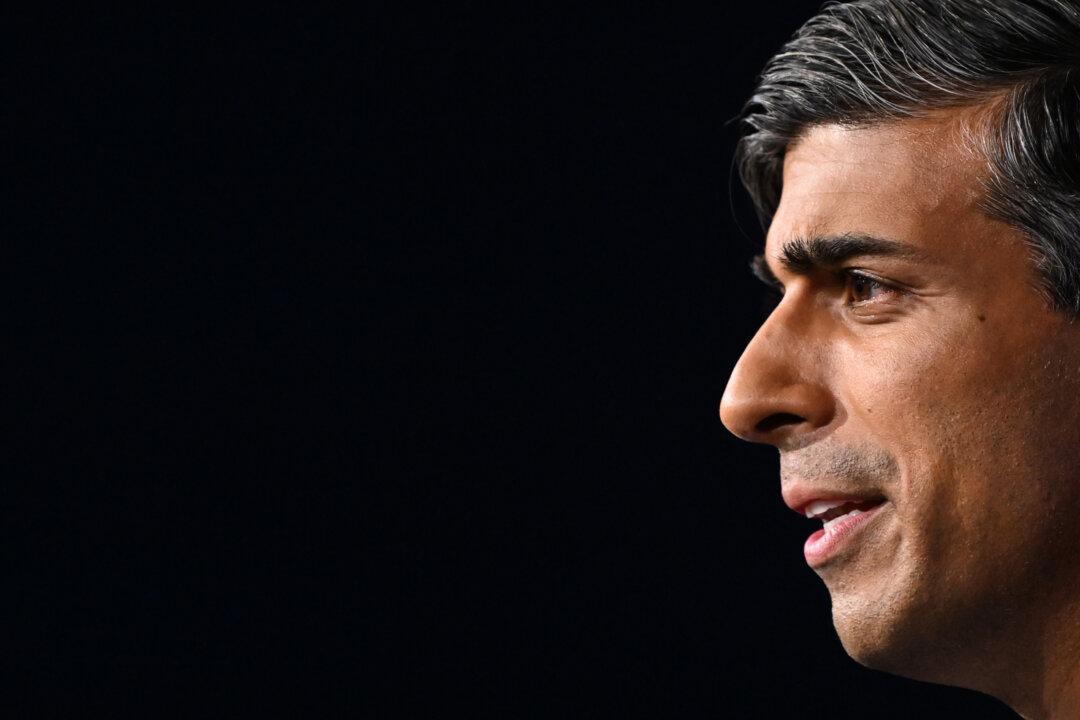Commentary
This month, conservative critics of environmental, social, and governance (ESG) investing had something of a surprise—an almost-simultaneous attack on their views from both left and right mounting remarkably similar arguments. Writing for CNBC recently, Democratic Sen. Sheldon Whitehouse, the Senate’s climate-denier-witch-finder-in-chief, together with Sens. Brian Schatz and Martin Heinrich, denounced state Republican officials for their stand against financial institutions whose anti-fossil-fuel policies damage their states’ economies.





